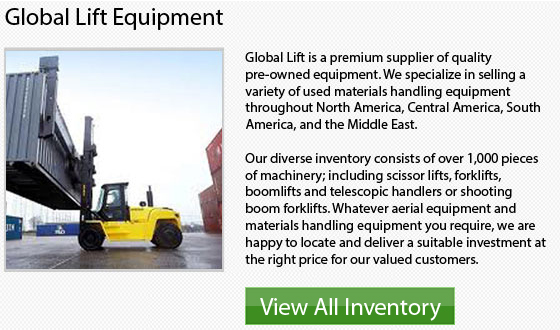
Definition of Forklift Classes
The forklift is used in numerous retail and warehouse environments for various daily task, including lifting bulky merchandise, stocking shelves and delivering loads of goods. Based on the Industrial Truck Association there are eight classes of forklift. The machinery are classified according to type of tire, type of motor or engine, and the way the equipment is steered. Forklifts are also referred to as lift trucks.
Class I forklifts - Electric Motor Forklifts
These are regular electric motor lift trucks. Types of Class I forklift comprise the sit-down, three-wheeled varieties that are commonly utilized to transport pallets of mulch at home goods stores.
Class II forklifts - Narrow Aisle Electric Motor Lift Trucks
These trucks do not need a lot of space to operate. Class II trucks comprise forklifts with swinging masts and side-loading models.
Class III forklifts - Electric Motor Hand Trucks
Class IV forklifts - Internal Combustion Engine Forklifts
IC engine forklifts are quite like standard automobile engines. These machines do come with solid tires or cushion tires. Often the back of the truck has a counterweight in order to make the machinery more stable.
Class V forklifts are similar to Class IV forklifts because both have IC engines and are normally counterbalanced. The difference is in the tires that are utilized. Class V trucks come with radial or pneumatic tires.
Tractors
Class VI forklifts - Towing Tractor Lift Trucks
These trucks are sit-down tractors that could raise heavy loads and pull loads weighing over 450 kilograms. These trucks can come with either an electric motor or an IC engine.
Class VII lift trucks - Rough Terrain Vehicles
This class of lift truck has internal combustion engines and pneumatic tires. They are usually used in agriculture, construction and logging. These trucks are great for worksites where the ground is rough and uneven and riddled with debris.
Class VIII forklifts - Manual Lift Trucks
These particular trucks are all manually operated by an individual who pulls or pushes the vehicle. The forks are usually hydraulically operated, and have a low maximum lift height. This class consists of burden and personnel carriers.